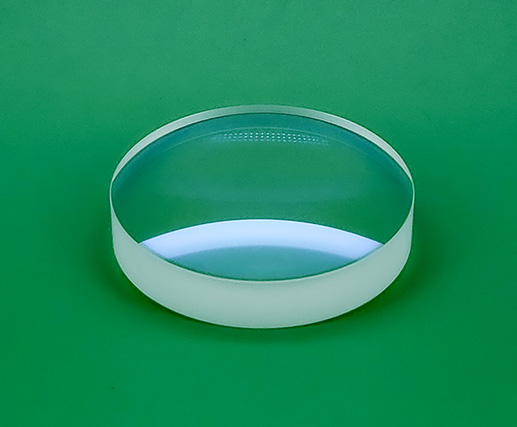Optical Mirrors
Optical Mirrors
1. What is optical mirror?
The optical mirror realizes control beam and imaging by coating at least one side of optical substrates. Optical mirrors divide into plane mirrors and spherical mirrors. Flat mirrors are used for applications that deflect light as accurately as possible, especially for optical experiments. Concave mirrors as spherical mirrors are used to focus light at one point. The high reflection effect and other properties of optical mirrors depend on the wavelength, angle of incidence and polarization of light. Optical reflectors can be used in astronomy, metrology, aerospace and other optical systems, such as large space telescopes, large ground telescopes, early warning satellites, reconnaissance satellites, meteorological satellites, high-energy lasers, lidar systems, X-ray and vacuum ultraviolet telescopes, high resolution camera and other applications. CLZ Optical Co.,Ltd. can customize and produce broadband dielectric mirrors, metallic mirrors and concave mirrors according to your applications. At the same time, we also coat customized optical mirrors according to your requirements.
2.Optical mirrors sorted out according to geometrical shapes.
Plano mirrors
Plane mirrors are mirrors with a flat reflection surface. If an optical system can form a perfect image with random wide beam in any large space, namely, any concentric beam can still be kept as a concentric beam after passing through the system, then this system is an ideal optical system. Flat mirrors do not change the concentric nature of the light beam. They can improve the formation of the image, so flat mirrors are indispensable in an ideal optical system. Planar mirrors are suitable for interferometers, imaging systems, laser applications, collimators and other optical systems.
Concave mirrors(Convergent mirrors, Curved mirrors)
Concave mirrors are optical mirrors that bend inwards to focus light toward the inner focal point. When the parallel light shines on concave mirrors. It reflects on the focal point in front of the mirror through its reflection. The reflective surface is the concave surface. The focus is in front of optical mirrors. When the light source is in focus, the emitted light forms a parallel beam after being reflected. The imaging effect is also different, when the distance between the concave mirror and the object is different. Concave mirrors and optical lenses have many similar optical properties, especially in optical information processing, which can play an equivalent role. Concave mirrors are widely used in daily life, such as microscopes, astronomical telescopes, dentist mirrors, imaging systems, laser systems and other applications.
Aspherical mirrors(off-axis mirrors)
Off-axis parabolic mirrors are finite conjugate focusing mirrors that image at a set angle. They have fixed conjugate images and path length of the object. The light passing through a aspherical mirror can be parallel to the optical axis of the parallel light, completely converging to the focal point. The spherical aberration is zero by this time. Off-axis mirrors can ensure high resolution in the design of compact systems. They are a key element in spectrometers and astronomical optical instruments. Aspheric mirrors can be used in telescopes, astronomical telescopes and infrared spectroscopy systems.
3.How to choose the right optical mirrors?
As a manufacturer of optical mirrors, we recommend that firstly choose the right material and coating material according to the environment of optical mirrors and consider whether the adhesion between optical material and coating material is feasible. For example, the adhesion of gold and silver to optical glass is slightly worse than that of aluminum to optical glass. When selecting the coating layer, the main considerations are the reflectivity, laser damage threshold and mechanical properties (whether it is resistant to wear) of the film layer in different wavebands. Determine whether to use a flat mirror or a concave mirror according to the purpose of optical mirrors. In addition, the optical power or energy density on the mirror surface, polarization sensitivity, substrate flatness, and other related physical parameters need to be considered. CLZ Optical Co.,Ltd. can not only provide you with custom optical mirrors that meet your applications, but also provide you with high-value suggestions based on years of production and supply experience. Welcome to consult.



















